By Zameer Mohammed
Once a chip is taped out, changes in design are not possible – Silicon is unforgiving, does not allow postproduction modifications. In contrast, software can be updated after release, but chips remain fixed. Static Timing Analysis (STA) signoff serves as a crucial safeguard against silicon failures.
In modern… Read More
For decades, high-performance CPU design has been dominated by traditional out-of-order (OOO) execution architectures. Giants like Intel, Arm, and AMD have refined this approach into an industry standard—balancing performance and complexity through increasingly sophisticated schedulers, speculation, and runtime … Read More
The rapid evolution of artificial intelligence (AI) is transforming industries, from autonomous vehicles to data centers, demanding unprecedented computational power and efficiency. As highlighted in Synopsys’ guide, the global AI chip market is projected to reach $383 billion by 2032, growing at a 38% CAGR. This … Read More
By Marko Suominen and Slava Zhuchenya of Siemens Digital Industries Software.
It’s often said that an orchestra without a conductor is just a collection of talented individuals making noise. The conductor’s role is to transform that potential cacophony into a unified, beautiful symphony. The same concept holds… Read More
At Hot Chips 2025, Philippe Sauter of ETH Zürich presented Basilisk, a project that may redefine what’s possible with open-source hardware. Basilisk is a 34 mm² RISC-V SoC fabricated at IHP Microelectronics on its open-source 130nm BiCMOS process in Germany. Basilisk, named after the Greco-Roman mythical creature known… Read More
The evolution of AI workloads has profoundly influenced hardware design, shifting from single-GPU systems to massive rack-based clusters optimized for parallelism and efficiency. As outlined in this Hot Chips 2025 tutorial, this transformation began with foundational models like AlexNet in 2012 and continues with today’s… Read More
In the rapidly evolving semiconductor landscape, imec’s recent breakthroughs in wafer-to-wafer hybrid bonding and backside technologies are reshaping the future of compute systems. As detailed in their article, these innovations transition CMOS 2.0 from a conceptual framework to practical reality, enabling denser,… Read More
Dan is joined by Dr. Julien Ryckaert who joined imec as a mixed-signal designer in 2000, specializing in RF transceivers, ultra-low power circuit techniques, and analog-to-digital converters. In 2010, he joined imec’s process technology division in charge of design enablement for 3DIC technology. Since 2013, he oversees… Read More
Nir Minerbi is a co-founder and the CEO of Classiq. Nir is highly experienced in leading groundbreaking, multi-national technological projects, from idea to deployment. Nir is a Talpiot alumnus and a master’s graduate in physics as well as electrical and electronics engineering (M.Sc.).
Tell us about Classiq.
Classiq… Read More
“GTS25 brings together leaders from across the semiconductor industry to share their insights on the latest technology trends that enable GF to design the essential chips the world relies on to live, work and connect.”
GlobalFoundries (GF), a leading contract semiconductor manufacturer, plays an important… Read More

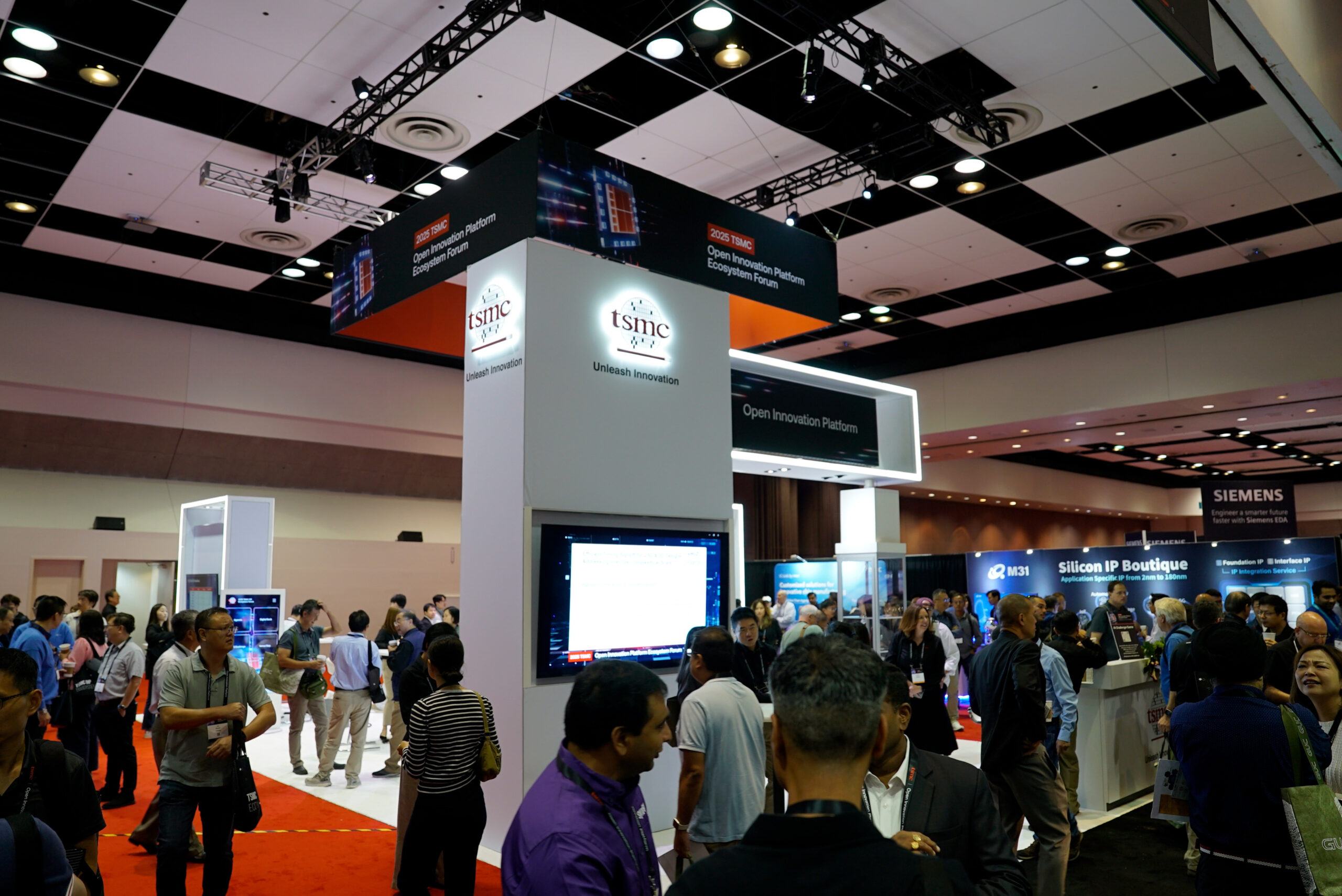
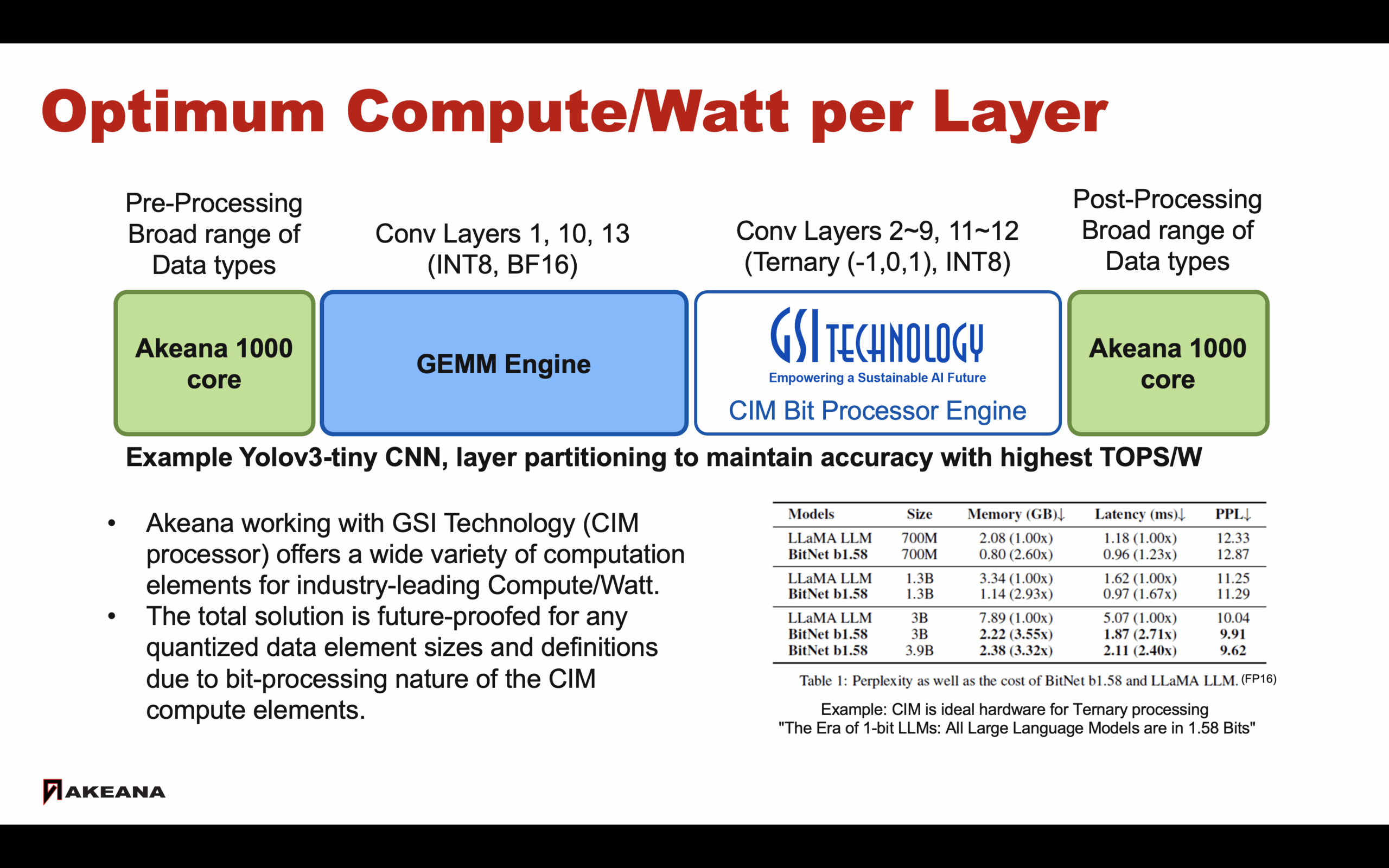

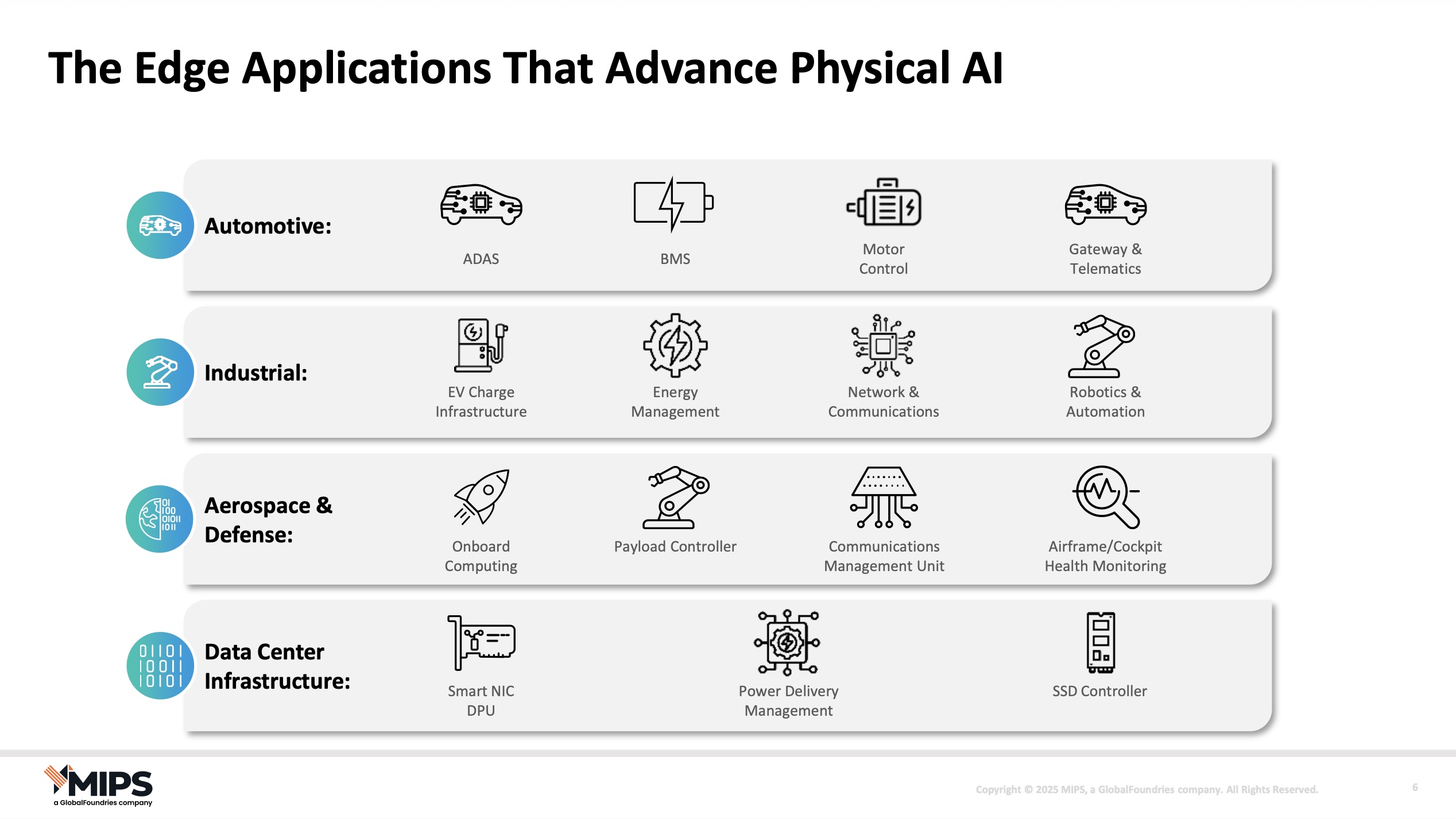

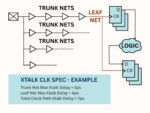


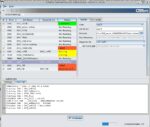




Selling the Forges of the Future: U.S. Report Exposes China’s Reliance on Western Chip Tools